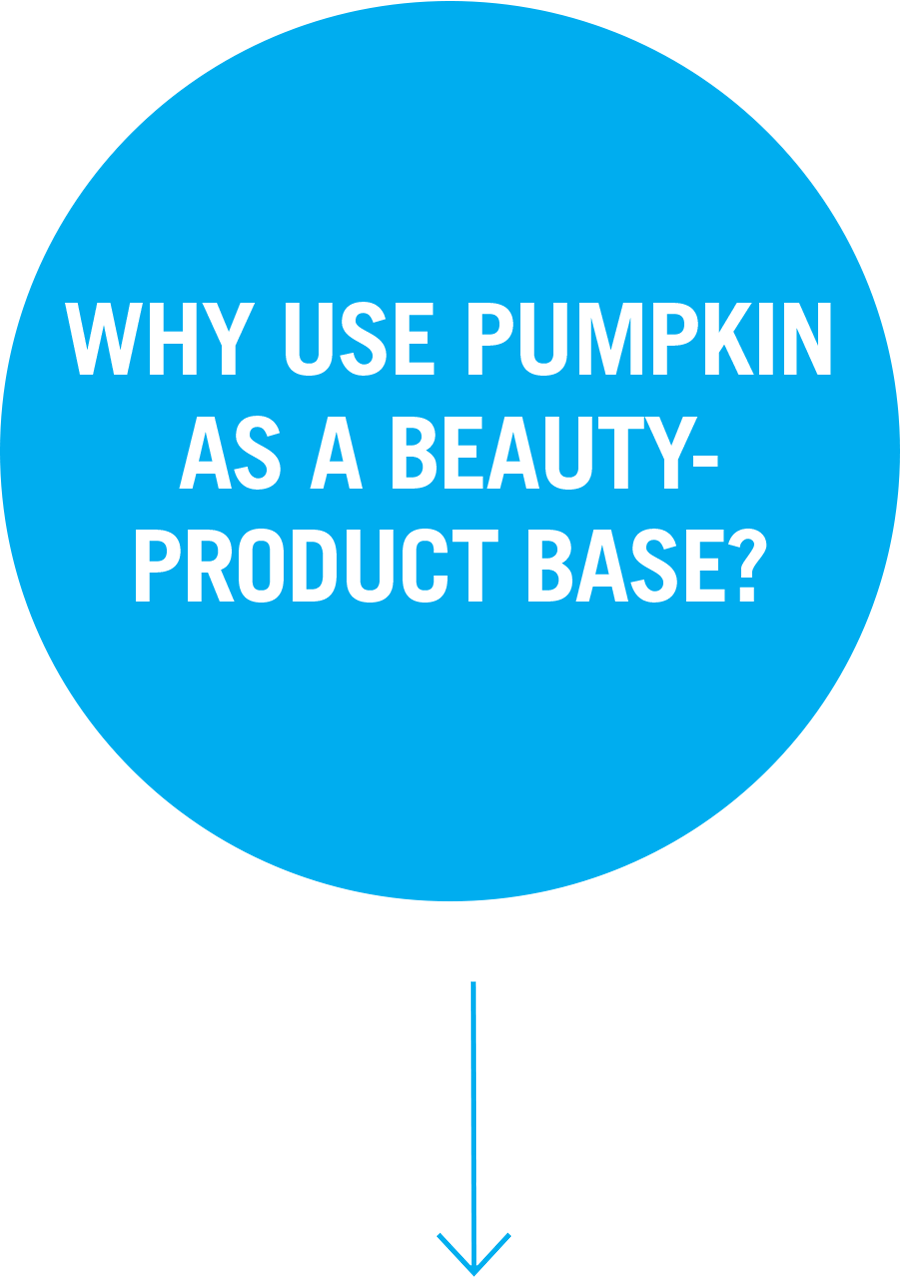
Pamper Yourself With a Pumpkin Coffee Scrub

Illustration: Joel Kimmel
 Abby Brown, a Library & Information Technology project manager, has a long-nurtured passion for gardening and making good use of the Earth’s bounty — fruits of a close relationship with her grandmother, who taught the young Abby to garden, cook and preserve foods. Brown makes natural skin-care products and writes a lifestyle blog called TheHeirloomLady.com. One of her fall favorites is pumpkin coffee scrub.
Abby Brown, a Library & Information Technology project manager, has a long-nurtured passion for gardening and making good use of the Earth’s bounty — fruits of a close relationship with her grandmother, who taught the young Abby to garden, cook and preserve foods. Brown makes natural skin-care products and writes a lifestyle blog called TheHeirloomLady.com. One of her fall favorites is pumpkin coffee scrub. 
It’s truly an unsung hero of the garden, because it’s filled with vitamins, minerals and beneficial fruit enzymes. Vitamin A aids in skin cell regeneration, Vitamin C produces collagen, and niacin helps to shrink pores. Pumpkin is also high in zinc, which reduces inflammation, such as acne, sun damage and general redness.

You can use canned organic pumpkin, but if using fresh, choose a small-pie or cooking pumpkin. Cut the top off and remove the insides. Take out the seeds and puree the pulp, using a food processor or blender, until smooth and creamy.

In a bowl, mix one-quarter cup of pumpkin puree, either canned or freshly blended, with 2 to 3 tablespoons of organic brown sugar and 1 tablespoon of high-quality, finely ground coffee. Blend the mixture to your desired consistency and store in an air-tight container in the refrigerator for up to four weeks.

Use the pumpkin and coffee mixture on your clean face and neck two to three times per week. Leave it on for 10 to 15 minutes, until it feels tight, then rinse with warm water.

Yes. You also can use it as a scrub for your elbows, knees and heels. Just add 1 tablespoon of olive oil to the mixture. If using in the bathtub or shower, extract the mixture with a spoon and be careful that water doesn’t get into the container, as it can lead to bacterial growth.